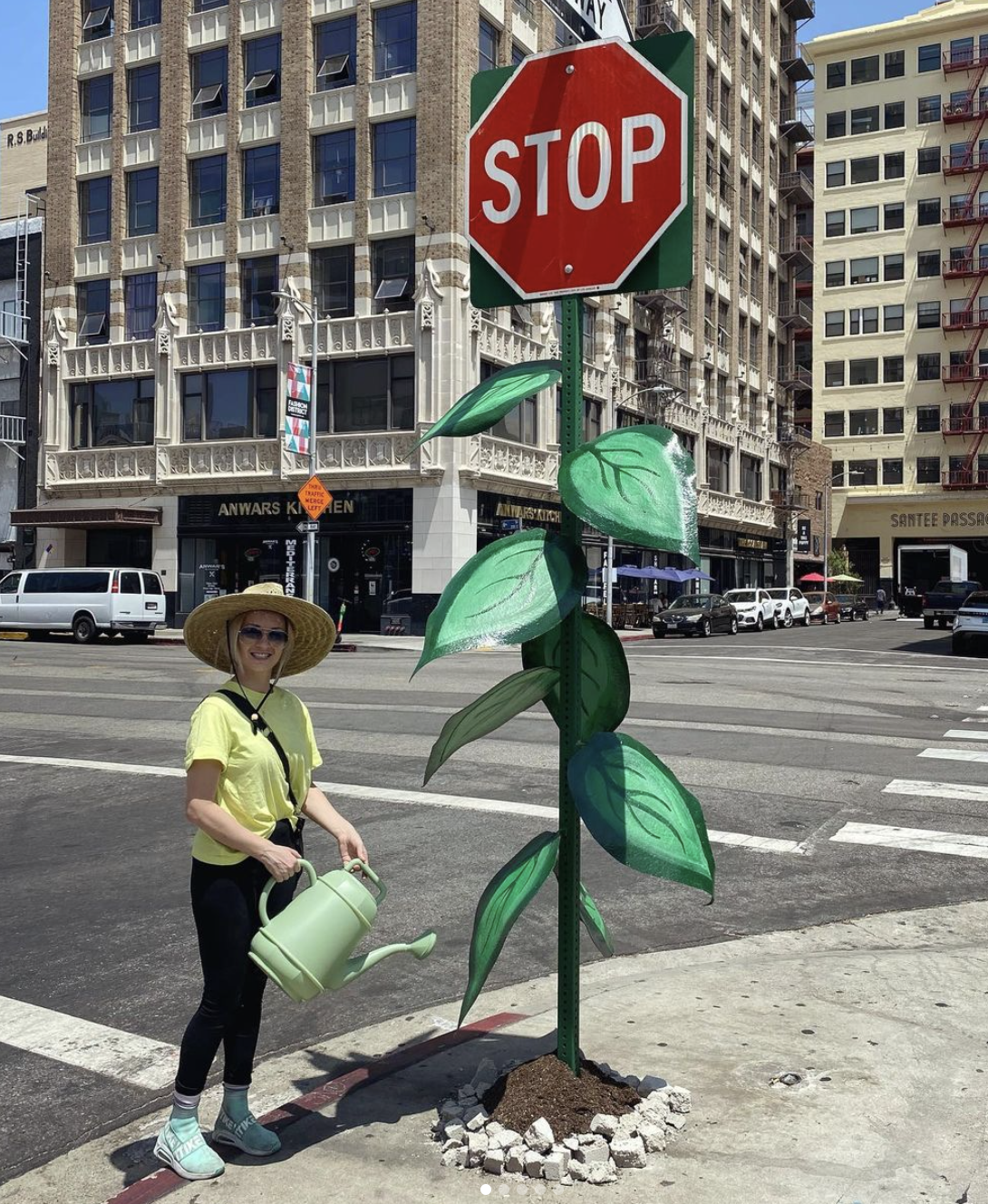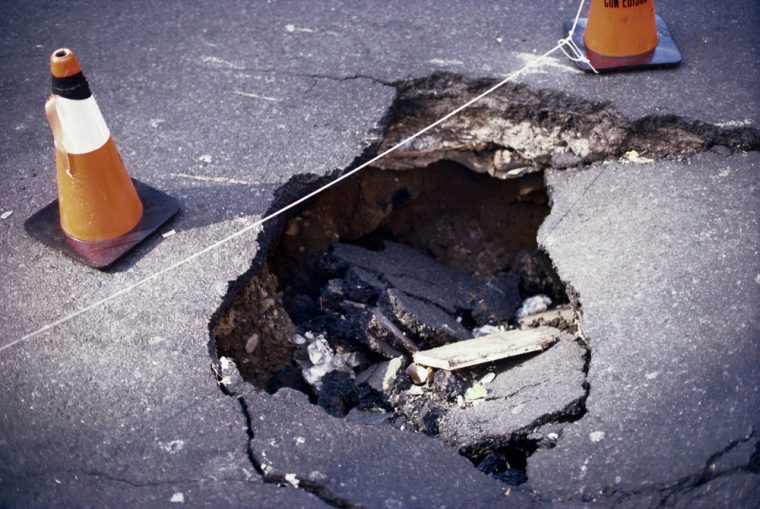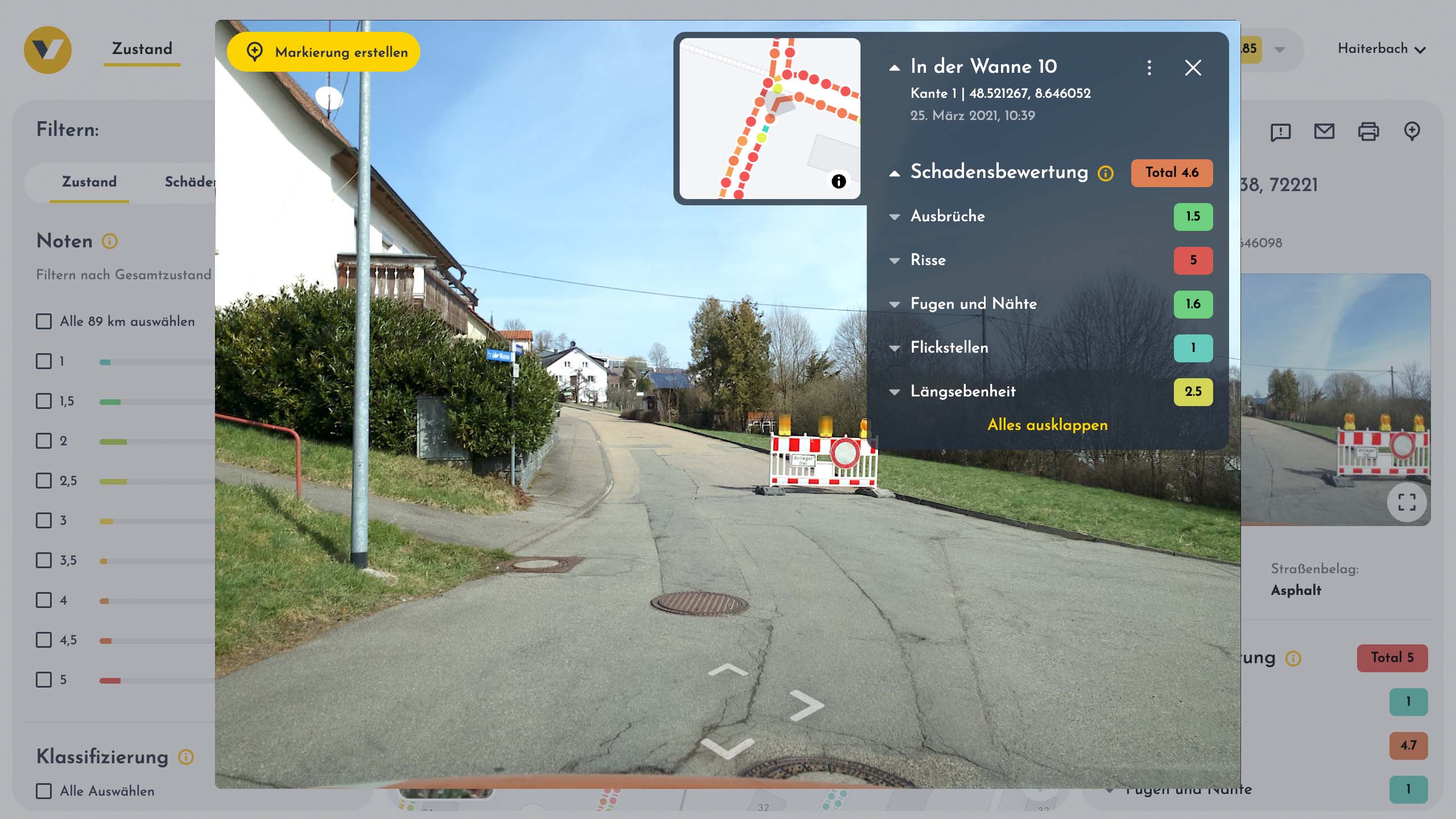Art in the Cracks: How S.C. Mero Breathes New Life into LA's Overlooked Corners
For over a decade, S.C. Mero has been transforming the streets of downtown Los Angeles with her unique and thought-provoking art. With a following of 18.6K followers on Instagram, Mero has captivated audiences by turning infrastructure problems like potholes and crumbling sidewalks into whimsical and impactful public artworks.
Join us as we dive deeper into S.C. Mero's mind, exploring her inspirations, challenges, and the impact of her art on the community. Discover how she uses her craft to reimagine and breathe new life into the overlooked and often neglected parts of our city.
Q: Can you tell us about your journey as an artist and how you started creating public artworks in Los Angeles?
A: I have been living in downtown Los Angeles for the past 12 years. I initially started by making mosaics but my artistic journey took a significant turn when I moved into an artist collective on Skid Row. That's where I began focusing on public art. Much of my work highlights infrastructure issues; I transform potholes, crumbling curbs, sidewalks, and even missing manhole covers into art.
Q: How do you find inspiration for your public art pieces, and what is your creative process like?
A: I live in downtown Los Angeles, so walking around the city is my main mode of transportation. A lot of times, it's just things I come across by chance. For example, I might notice a tipping newspaper stand or a new pothole. Sometimes I have a pre-existing idea and look for something that fits, but that's rare. More often than not, the idea comes from something I see.
My process involves staying open and observant at all times. I never consider myself to have any time off as an artist because inspiration can strike whenever I step out of my building. It's important to act quickly, too. Depending on what I find, I might have a small window to complete the piece before the situation changes. Potholes might be there for a long time, but something like a newspaper stand might be gone by next week, as the city is removing many of those. So, I give myself a small window to get the art done before it's either fixed or gone.

Q: What infrastructure issues have you noticed in Los Angeles, and how has this impacted your perspective?
A: I would say the thing I notice most often is the stark contrast in infrastructure issues between different areas. I live in the Toy District, which is essentially part of Skid Row, and underserved communities here have far more infrastructure problems compared to places like Beverly Hills. You just aren't going to see the same things there as you do in this area.
For example, in Skid Row, there are parts of the streets where there's literally no curb at all. Sometimes you see a curb crumbling or cracked, but in some areas here, the entire curb is missing. It makes you wonder how long it has to go neglected for it to disappear completely. This kind of neglect must span 50 to 100 years. You don't see these kinds of things in other parts of the city.
Q: Your art takes hazards and turns them into something beautiful and full of delight. Could you speak more about that?
A: The art piece itself is often not the main focus. It's really about the context and what it highlights. For example, creating an art piece about a pothole isn't just about the pothole itself. When you look closely, you see the garbage, the oil, and everything else from the road. It makes you step back and think about humanity and our impact on the environment.
I aim to draw attention to these issues and the discrepancies between different communities. Things are constantly changing; a pothole exists because something changed for the worse, but that doesn't mean it can't change for the better. Participating in that narrative is inspiring. Even though my work won't fix every pothole, it's about letting people know that the story doesn't end there. Infrastructure problems can be a metaphor for the human experience and spirituality, showing that despite the current state, there's potential for improvement. This perspective has become a significant part of my work.

Q: What kind of reactions do you typically receive from the public when they encounter your art on the street?
A: It's surprising how many people don't notice a lot of my art pieces. About 80% of the time, people are just on their way somewhere, not in 'art-looking mode.' They're on their phones, heading to the grocery store, or eating, so they often miss it. However, the reactions can vary depending on the installation. Some pieces are hard not to notice.
When people do notice, the reactions are usually very positive. I've rarely received negative feedback. It's cool because it allows people to interact with the art, even if they're just walking past it. When I document my work, I try to capture what's happening around it, as all different aspects of the context contribute to the artwork.
I think people engage more with the art online because they're actively looking for it. Despite many of my works getting destroyed, the positive reactions make it worth continuing. I wouldn’t have kept doing it if it weren’t for those positive responses.
Q: As you mentioned, your work has gained significant attention on social media. How has this platform allowed you to advocate for better public works in ways you didn't expect?
A: Well, yeah, even just having this conversation with you right now is an example. You're a company out of Germany, and I never expected to be talking to someone involved in infrastructure work with artificial intelligence. It almost seems unrelated, but it's surprising how we've found so much common ground.
Social media has opened up unexpected opportunities for advocacy, too. Everyone is familiar with potholes and infrastructure issues; they are universal problems. Social media has allowed me to connect with people and companies working on actual solutions. I don't just want to call attention to problems; it's really cool to connect with those who are actively trying to solve these issues. That has been a surprising and rewarding aspect of gaining attention online.
Q: Could you share with us one of your favorite street installations you’ve worked on?
A: Since we're on the topic of potholes, I’d have to say the ones I filled in the alleyways outside my studio in the Toy District are among my favorites. This area, known for its vibrant community and hardworking immigrants, has many potholes because of the constant movement of carts and goods. Unfortunately, it's not a part of the city that gets much attention for repaving, so there are plenty of potholes.
One of my first installations in this alley involved filling a pothole with fake lobsters. It didn’t go viral, but it’s still there, serving its purpose. After doing a couple of these installations, people started pointing out more potholes, and suddenly, it felt like I was working for the alley, filling potholes with quirky items like fake money, goldfish, candy, and toys.
It's rewarding to see the community's response. Kids are often surprised to find these whimsical items in the potholes, and it brings a lot of joy to an otherwise overlooked area. These installations not only highlight the infrastructure issues but also solve the practical problem of people tripping in those potholes.
I haven’t done one recently, but with the resin pouring season approaching, I should probably get back to it. It's a fun and impactful way to engage with the community and address local issues.

Q: So, thinking about the future, how do you see your street art evolving?
A: I can't predict exactly how my art will evolve because so much of it is intuitive and based on what I come across. Tomorrow, something could collapse on the street and spark a new idea. But I do want to continue creating art in the community, even if it doesn't last. Those pothole installations might last, but a lot of my work gets stolen, run over, or disappears soon after I create it. I like the sincerity of that fleeting presence. Being part of the neighborhood, even if just for a moment, is meaningful to me. I consider it a successful show if even just a couple of people see it.
Looking ahead, I'm interested in incorporating technology, particularly augmented reality. In a sense, what I'm doing now is already layering the environment. Augmented reality could make my work last longer and allow people to interact with it through their phones. We haven't seen a lot of that yet, but I think there's a future in it, and I have some ideas for it. However, I will never stop doing the physical, in-person art. There's something pure and essential about art that exists in the real world, and that will always be the core of what I do.
Q: What do you see as the role of art and technology in addressing some of the current infrastructure struggles and inequalities in our country?
A: My work highlights these issues, and your company is stepping in to provide actual solutions. In a previous conversation, you mentioned that workers currently have to physically walk around to find each pothole. Your technology can make that process much more efficient. Seeing the sheer number of problems also raises awareness about the need for more investment in infrastructure. Although technology can replace some jobs, we still need people to actually fix the potholes—robots can't do that yet. This points out a fundamental issue: our country's infrastructure is deteriorating and needs fixing. There are job opportunities in addressing these issues, which means investing in infrastructure is crucial.
Art symbolically highlights these problems, drawing attention to the reality of our country's condition. It's a matter of fact that things are falling apart and need to be fixed. By raising awareness through art and providing solutions through technology, we can address these challenges effectively. Art and technology together can advocate for better infrastructure and showcase the necessary job opportunities, making them a powerful combination for solving these problems.
Thank you so much for taking the time to speak with us, S.C.! We'll never look at a pothole quite the same way. For more info on working with vialytics' intelligent road management system, click here.
Share this
You May Also Like
These Related Stories

The Financial Toll of Potholes on Municipalities

How vialytics Solves Your Pothole Problem


